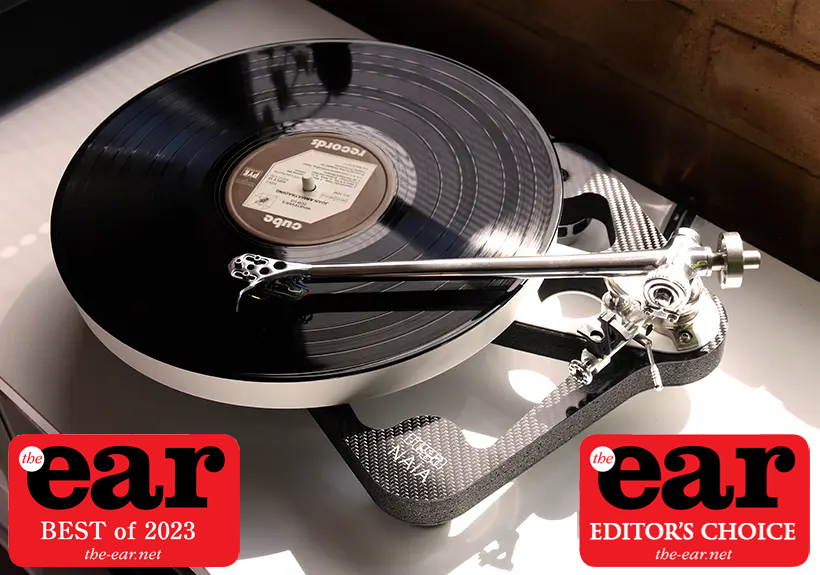I don't care about "record players" but it sounds fishy to me... Companies ALWAYS tout there design decisions & trade-offs as a feature or advantage.
I only had two "good" turntables (not counting BSR & Gerrard). The first was an
Acoustic Research. It had a soft & bouncy suspension so you had to be careful when starting it, etc. But it had a reputation of being immune to noise-vibrations or feedback. It's other "feature" was a relatively weak synchronous motor, belt drive, with a relatively heavy platter, for low wow & flutter. From what I remember, the platter had inner & outer sections and you had to remove the outer-part and re-position the belt to change speeds. Overall, it was "highly rated" and considered a bargain, but the tonearm was nothing special.
The next one, which I still own and occasionally use to digitize a record that's not available digitally, is a direct-drive Technics, which takes the opposite approach with dense-solid construction and no suspension other than the rubber feet. ...I like the direct drive for its reliability. I never had any trouble with it and there are no belts to wear out.

